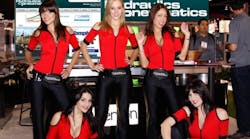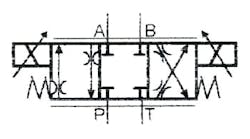I once read a piece about the merits of exhibiting in a trade show, and it’s stuck with me for more than 15 years. The material can be applied to visiting a trade show as well as exhibiting at one. The author, Steve Miller, president of The Adventure LLC, presented a series of calculations to indicate the financial success of exhibiting at a show. I was intrigued by the hypothetical situation he described that seemed reasonable and logical.
Steve’s hypothetical example assumes average annual sales per customer at $5,000, and that the average customer lasts 10 years. Our end result, then, would be $1.4 million generated by exhibiting at the show (28 X $5,000 X 10) .Even 1 1/2 leads/hr would return $350,000.
Perhaps a similar type of extrapolation can be applied to attending a trade show. You invest your time away from work plus travel expenses. What you gain are ideas from dozens of exhibitors gathered in a single place. You can:
* compare one vendor’s apples to another’s
* look for solutions to current problems, and even look for better solutions to problems you’ve already solved
* learn how application problems similar to yours— but from other industries — were solved (opportunities to share ideas with colleagues may occur relatively often, but trade shows present an opportunity to cross-pollinate problems and solutions between industries), and
* take a few minutes to learn about companies or technologies you hadn’t investigated or even heard of before.
I’m not sure how to calculate the success of attending a show, but you might find something if you check out Steve’s website, at www.theadventure.com



